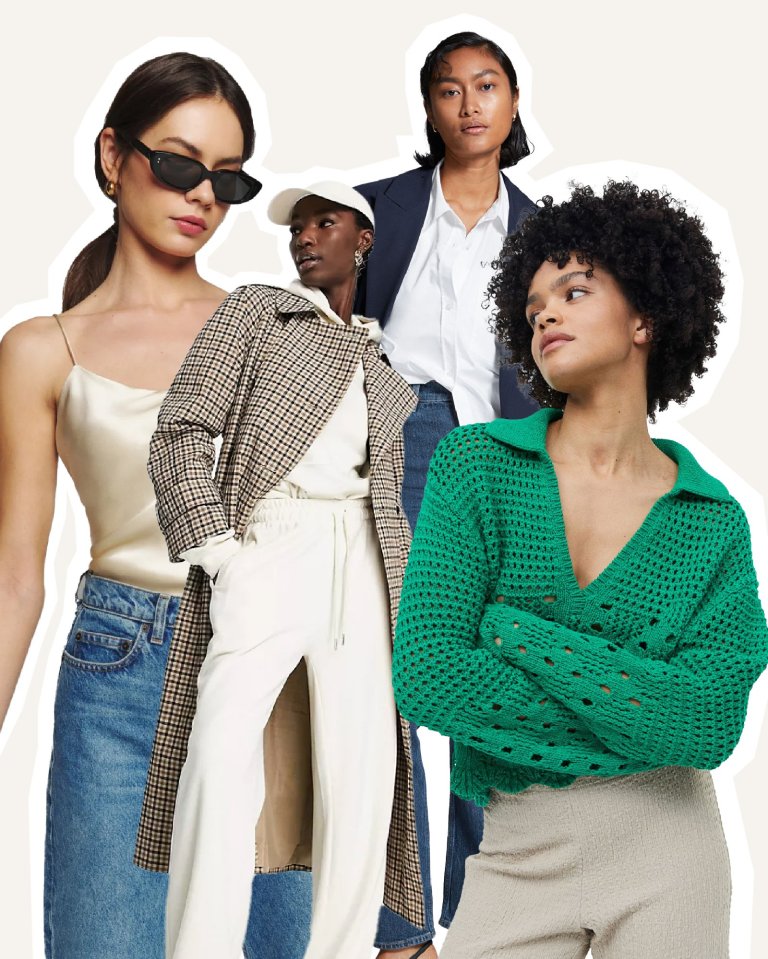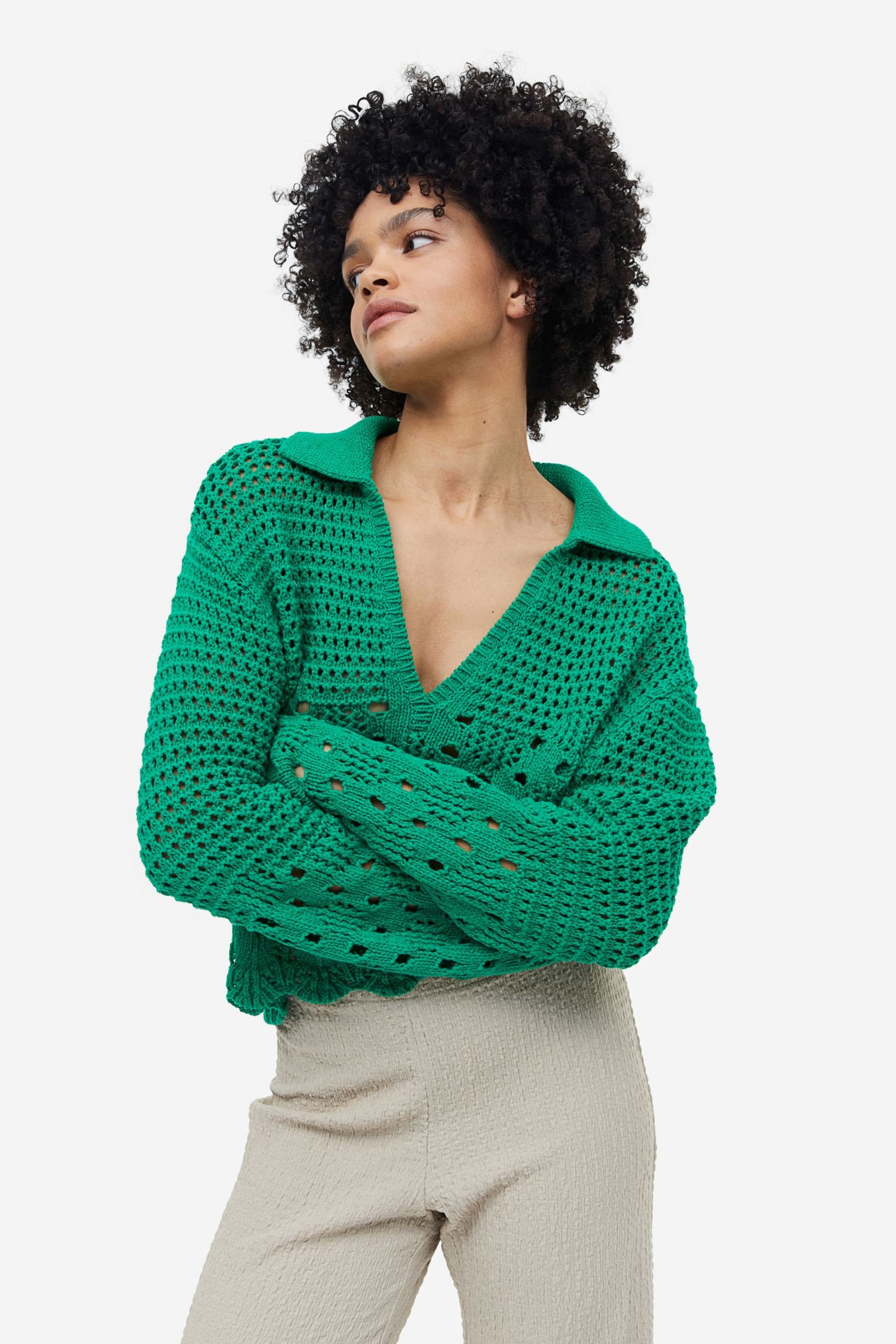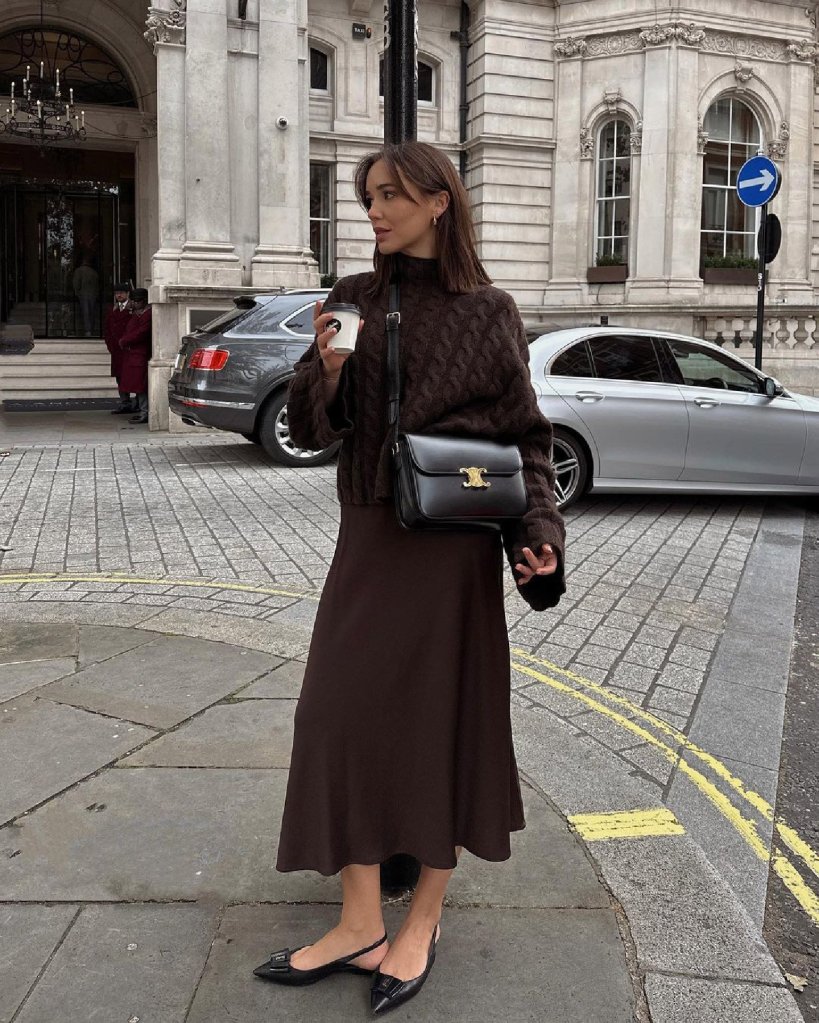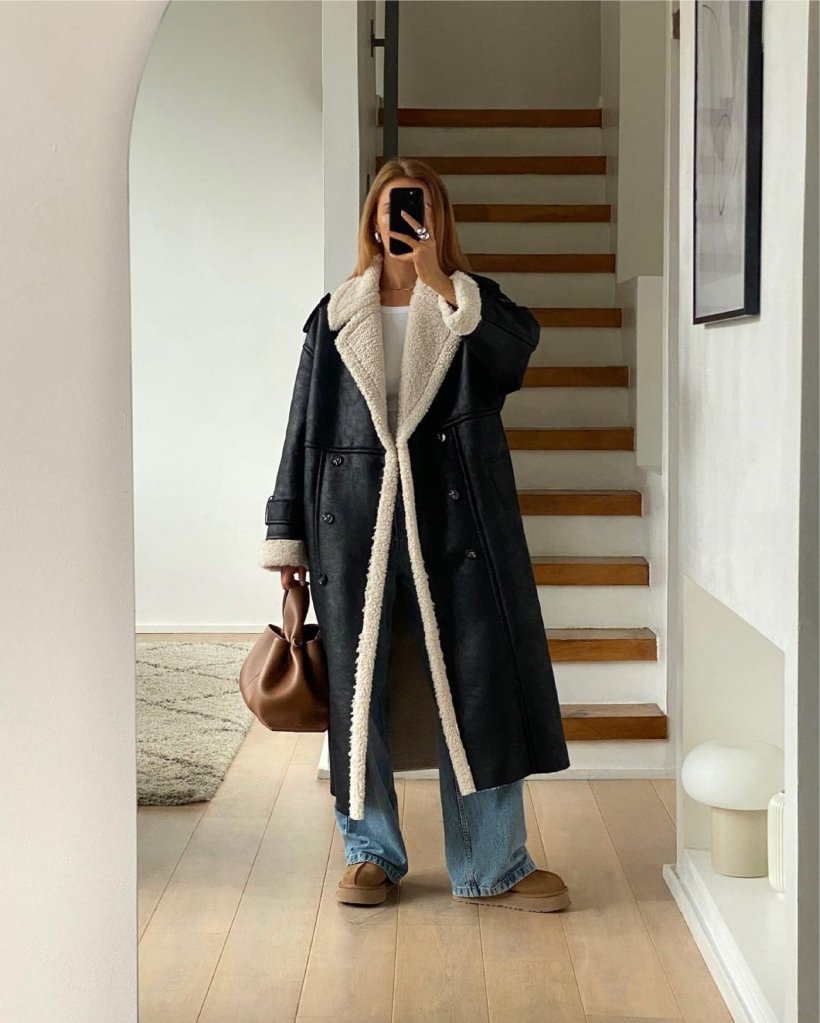We all know shopping online has its perks. A new top delivered the very next day and straight to your door, all without having to seek it out in the shop (thank God for website filters) and get it home again. You can try it on in the comfort of your home where the lighting is better, there’s more space, and you can try your new buy on with different underwear and accessories to confirm your decision.
But the biggest downfall is that you’re not actually seeing the clothes IRL before you purchase, of course. Is the material as thick as it looks? Will it really cinch your waist the way it has the model? And is the leg length long enough? It’s actually a stab in the dark.
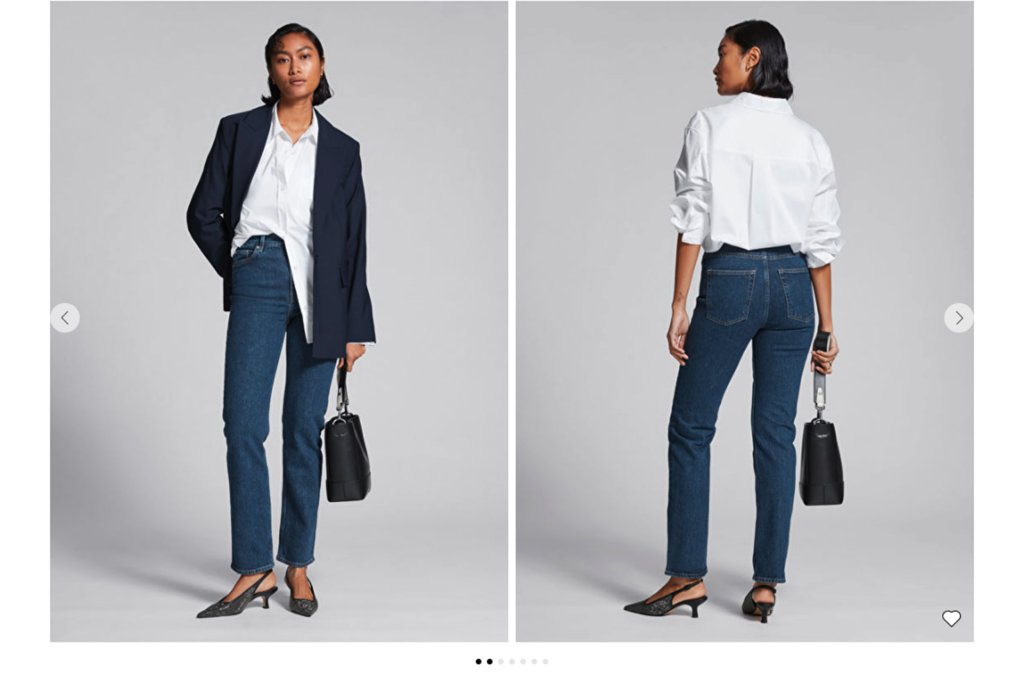
While that hasn’t stopped us heading to the e-checkout and hoping for the best, with a few tricks up your sleeve, I can promise you’ll make better purchases and therefore less return trips to the Post Office. These are the questions to ask yourself when shopping online…
Is there a video?
Anyone who’s ever bought a pair of jeans or a chunky knit knows that you can easily look fabulous from the front, then it’s another story altogether when you turn to the side or from behind. Waist-gaping, too-much fabric and poor fit aren’t all visible from one angle, so if you see an item of clothing shot in only one way, give it extra consideration.
Where a top or trousers might be too big for a model, it’s not uncommon for brands to alter the item using clips and pins to make it ‘fit’. Of course, this means it looks visually pleasing as it’s fitting the model perfectly but doesn’t offer guidance in terms of a comparison if you’re hoping to buy it.
Videos are the safest bet. ASOS was the OG brand that provided catwalk-style footage of the model wearing the item. You’d be able to see how it moved and how it looked at various angles, and it’s often what solidified my decision on whether I’d buy it or not. In the same vein, creating video content of every piece of clothing is a huge effort for brands (especially fast fashion ones where the pieces sell out quickly), so don’t be put off if there isn’t footage, as long as there are lots of images.
It’s the reason we make video a priority at Eliza: you get to see the clothes at all angles and on different body shapes.
How tall are the models?
On most sites now, information on the model’s stats is available in the product description. This is immensely useful if it’s used correctly. Learning that the model is 5ft7 and has an inside leg length of 32 inches, for example, is helpful when trying to work out how the jeans they are sporting will look on your own height and leg length.
While it’s useful, I’d recommend taking this with a pinch of salt. Have a look at other stats on the site to check they haven’t been copied and pasted. Not every model should (we hope) be the same height. If you’re wary, use the actual products measurements as a safer guideline.
Can you really see the fabric?
We can hail up some websites (& Other Stories and H&M, I’m looking at you) as being particularly good at zoomed in images of the product. When buying coats, knitwear and dresses, it’s helpful to get as up close as possible with the finish and detailing, just as you would try to when shopping IRL.
If the item you’re buying is in black or white, try to seek out the same piece in a different colour so that the detail is clearer.

Have you read the reviews?
You wouldn’t book a hotel abroad without obsessively checking Trip Advisor, right? So why should your clothing be any different. In general, customers who have a bad experience are two or three times more likely to leave a bad review than those who have had a good experience, so the reviews section of a site can be insightful. One woman’s review of too-short trousers might be great intel if you’re petite with shorter legs, for example.
